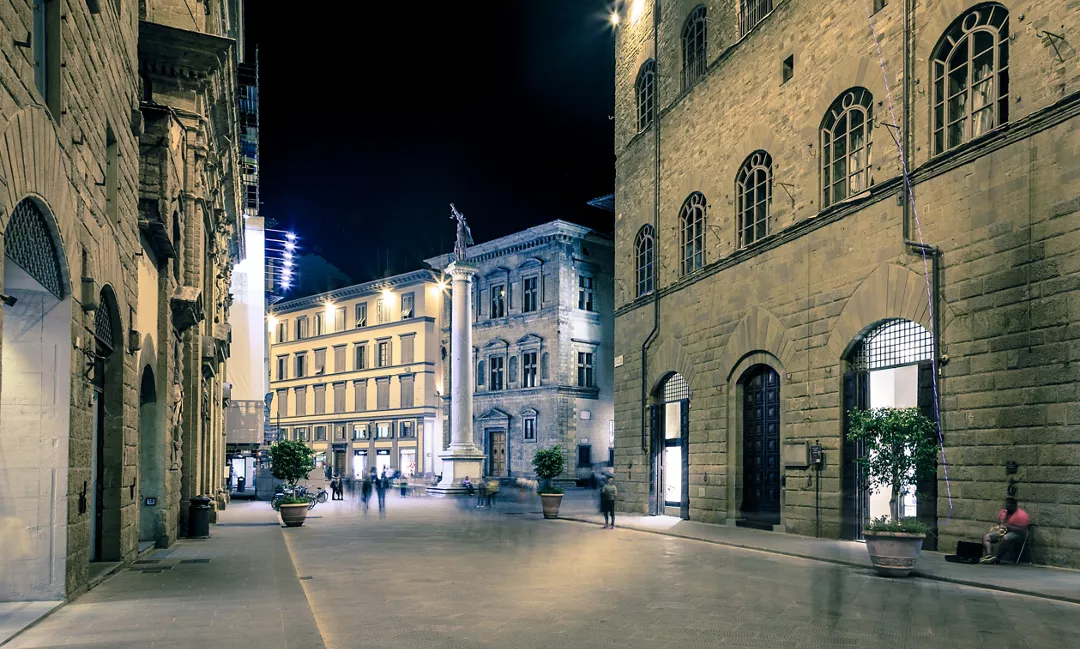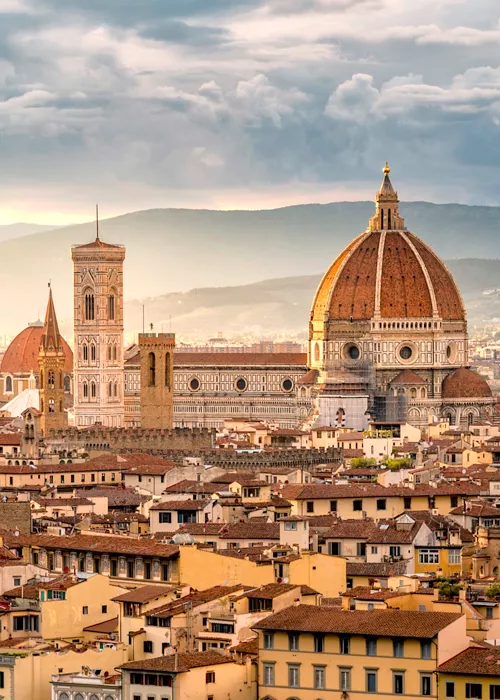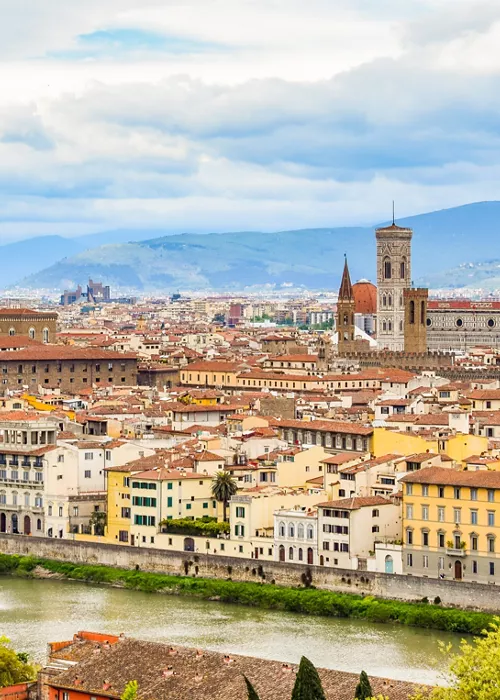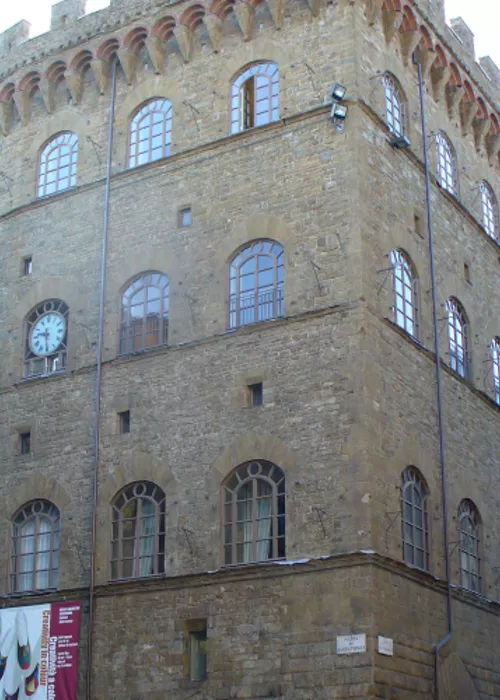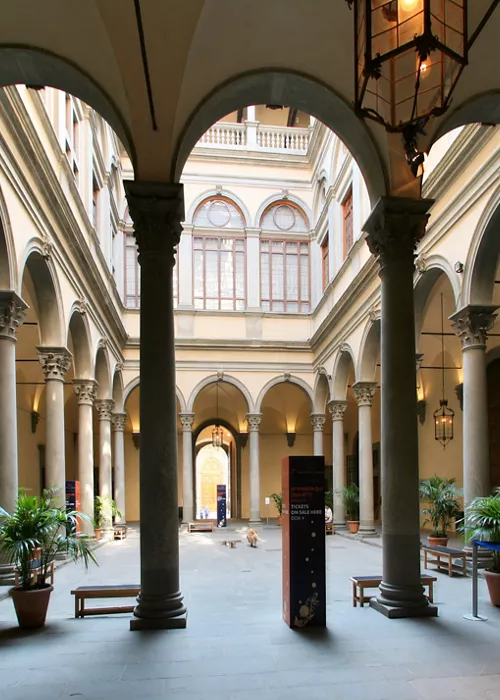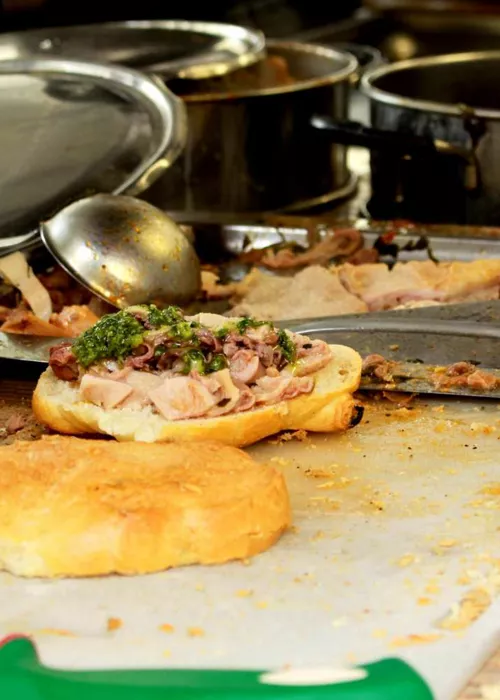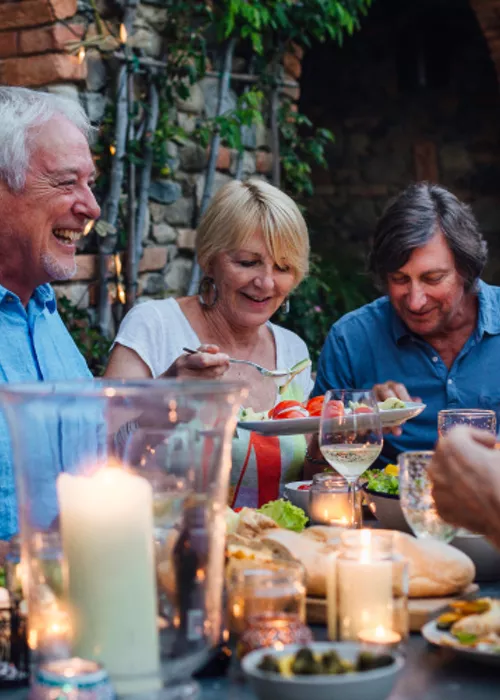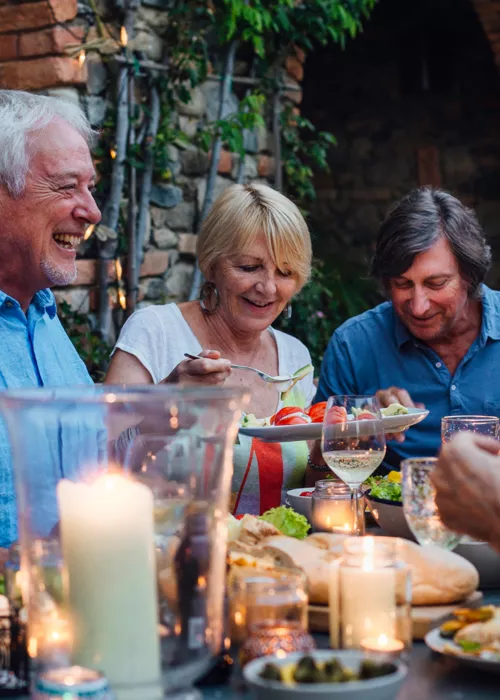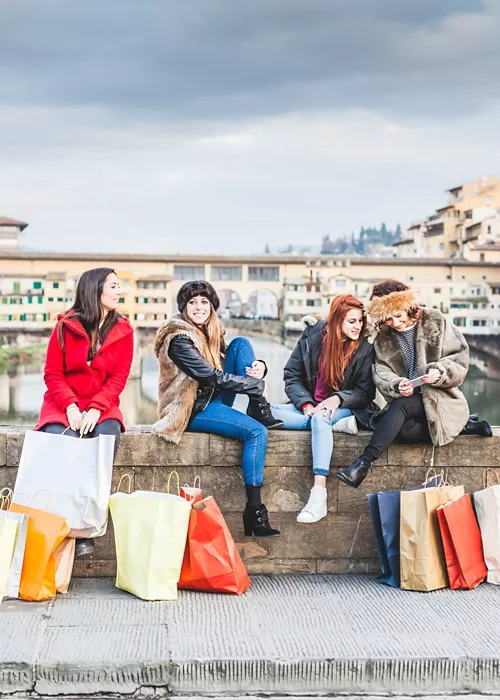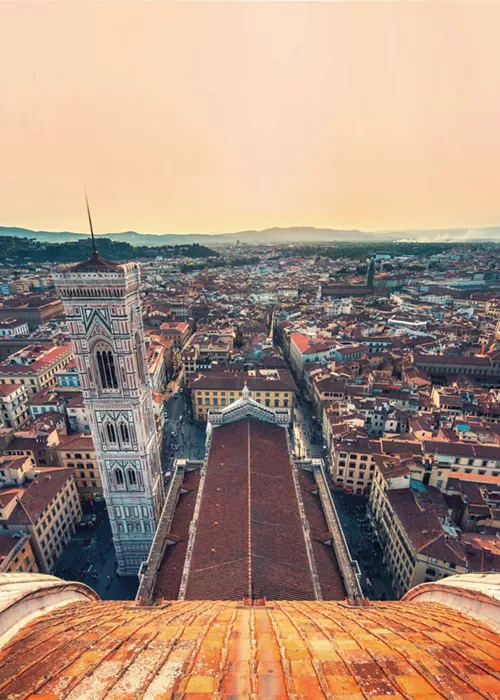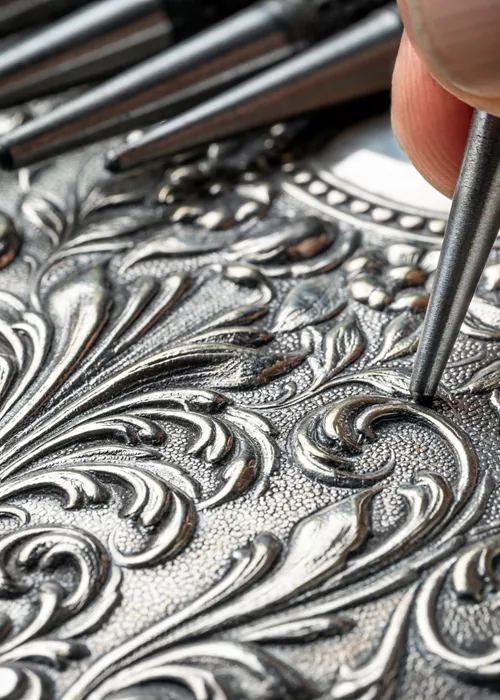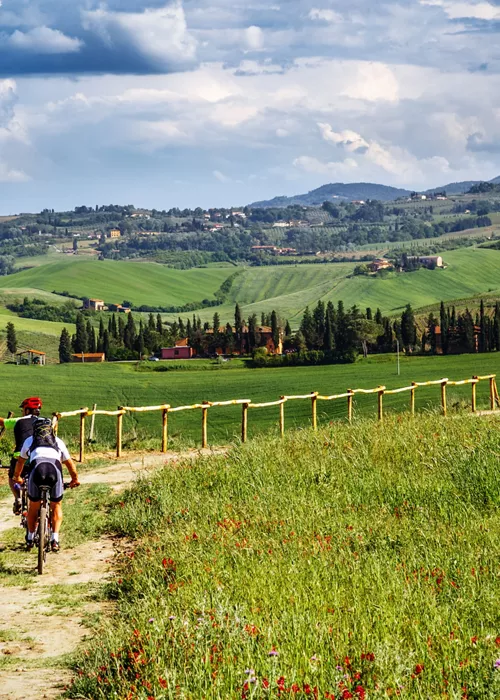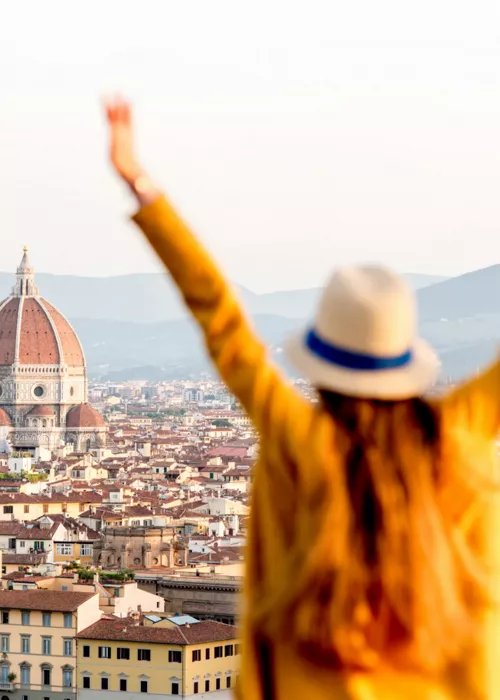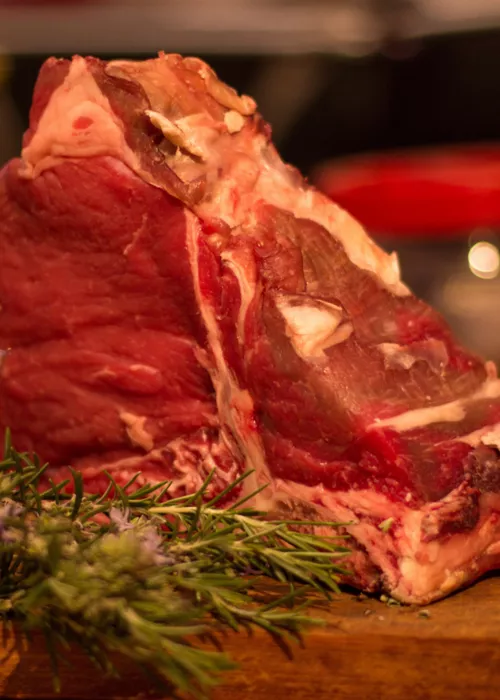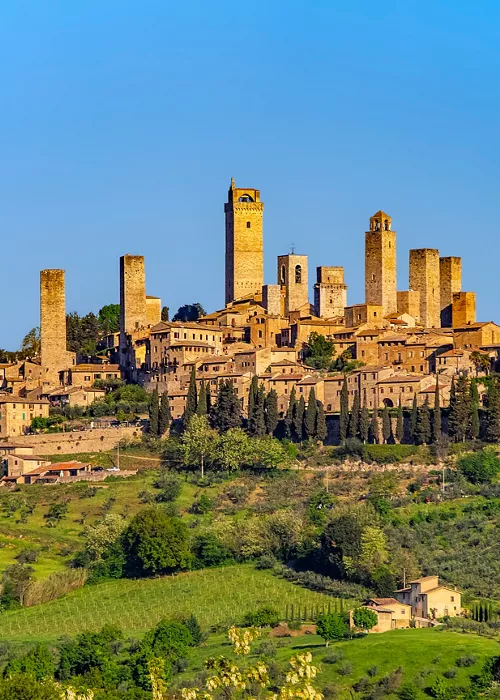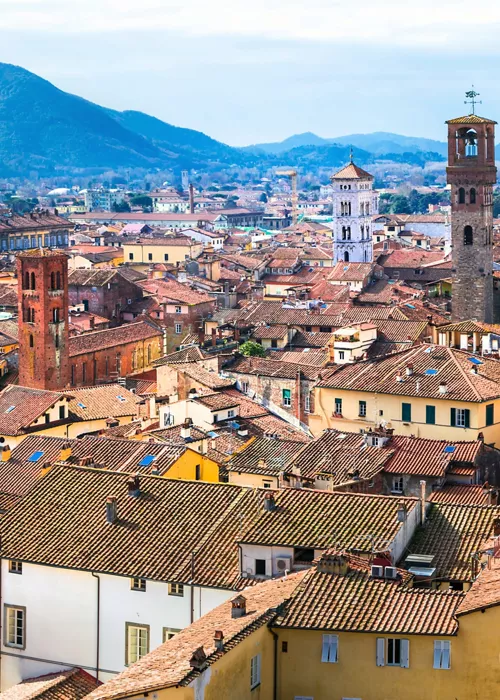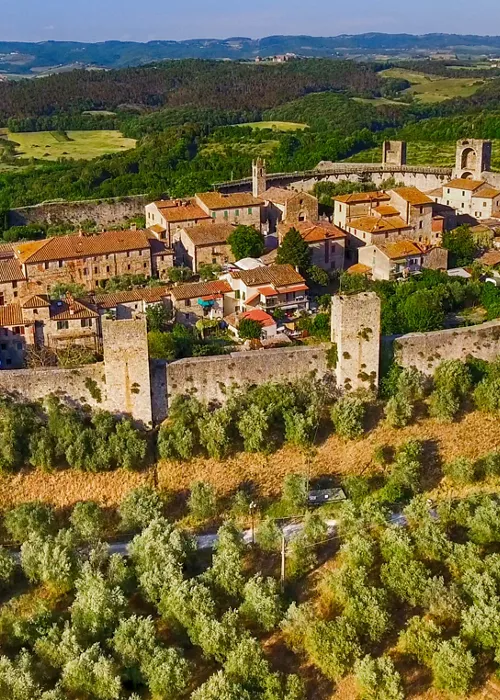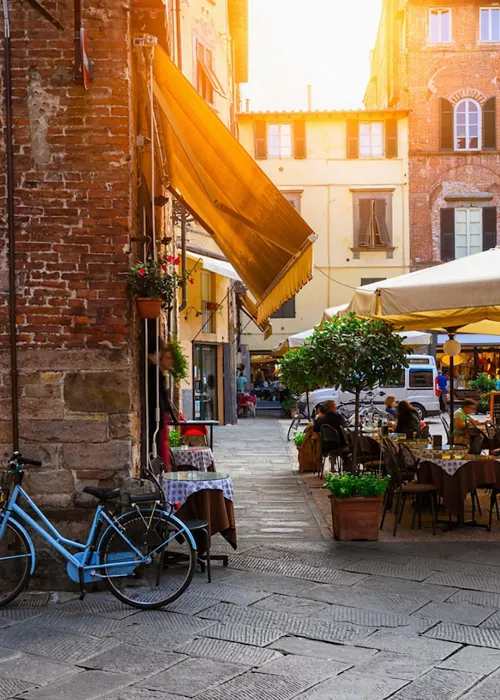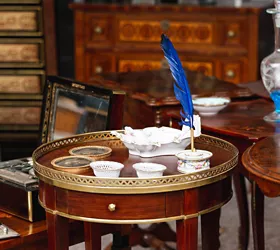Via Tornabuoni in Florence: the address for luxury and Made in Italy trends
4 minutes
Index
The good shopping district, the epicentre of Florentine luxury, the absolute reference point for every fashion design trend, a stroll through Florence's exclusive boutiques and artisan workshops is the pampering you must indulge in if you are visiting the Medici capital for tourism or business.
The undeniable worldly appeal of this street in the historic heart of Florence, which connects Piazza Antinori to the Santa Trinita bridge, is linked to its extraordinary ability to reinvent itself by always being contemporary, thanks to the activities that it has hosted over the years and that have perpetuated its lustre and prestige.
Open-air showcase of Italian and international fashion
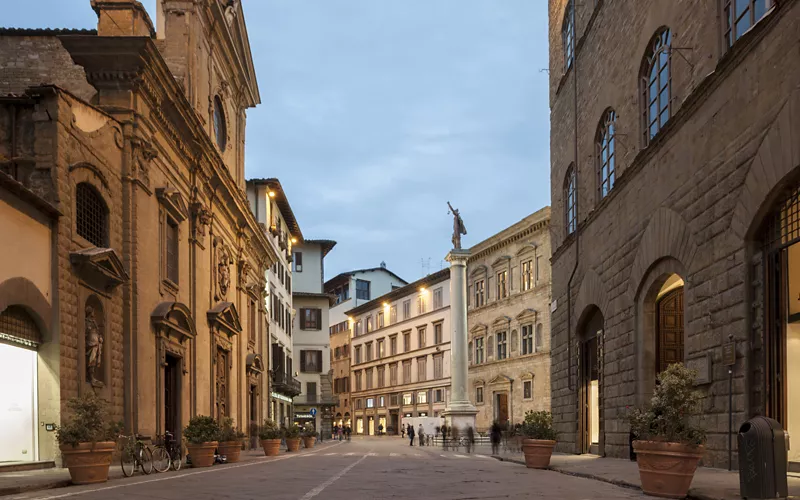
Lined with splendid stately palaces, which have housed the city's most illustrious families since the 14th century, Via Tornabuoni is home to the shop windows of the top brands of Italian fashion, starting with that of Gucci, the first shop in the world of the Tuscan griffe, and Ferragamo: just like Guccio Gucci, in fact, Salvatore Ferragamo, who returned to Italy from the United States, chose Florence because of its passion for beauty and the skill of its craftsmen.
The leather craftsmen's workshops of excellence
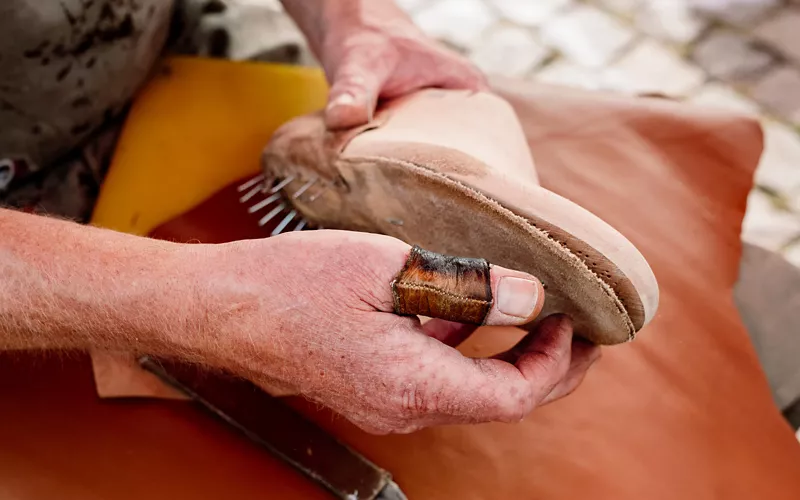
The boutiques of Armani, Valentino, Fendi, Max Mara, Pucci, Versace, Prada, Roberto Cavalli and many other international luxury brands, such as Cartier and Hermès, alternate with fine workshops specialising above all in the Tuscan tradition of leather-working, which, with their finely crafted products, contribute to making Via Tornabuoni an open-air showcase of the highest expression of Made in Italy fashion and craftsmanship.
The old road of the woodcutters, evicted by the nobility
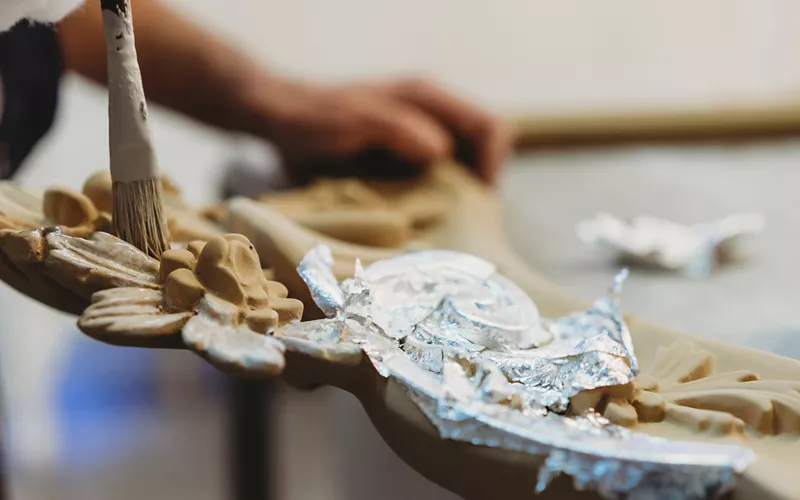
More than a street, a true fashion district, expanding to include the adjoining streets. But you only have to look up to perceive how much history has passed through here. This street, named after the famous Florentine family of merchants and politicians to which Lucrezia, mother of Lorenzo the Magnificent, belonged, was once the site of Roman walls, and during the reign of the Grand Countess Matilda of Canossa, the Mugnone stream flowed through it. When it was still called Via dei Legnaiuoli, this was where the carpenters' and wood craftsmen's workshops used to be, which the nobility later evicted to the other side of the river to add prestige to the street.
The cradle of the Florentine nobility
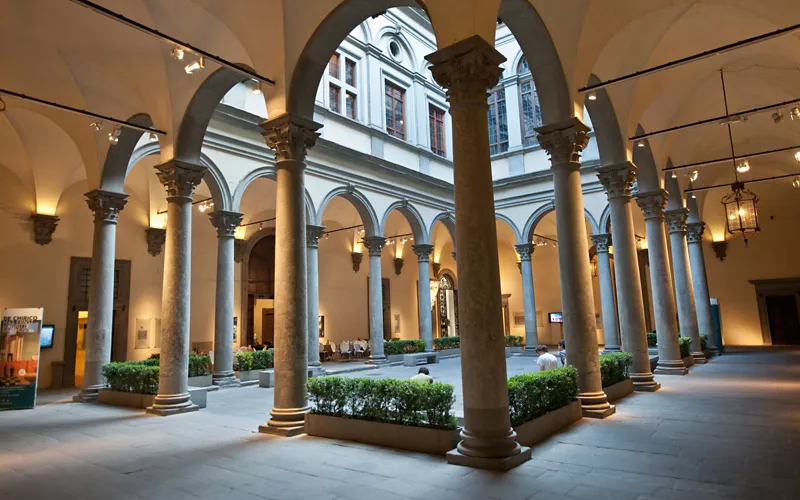
As early as the 14th century, in fact, the decor of Via Tornabuoni is linked to the façades of its illustrious palazzi: the Spini-Feroni palace, now home to the Ferragamo shop and museum, the turreted Gianfigliazzi palace, just opposite, and the Cambi Del Nero palace, now called Medici Tornaquinci. But it was the Renaissance that confirmed the street as a place of choice for the Florentine nobility, with the construction of Palazzo Antinori, Palazzo Tornabuoni and Palazzo Strozzi, among the most beautiful of the Florentine Renaissance.
Instead, the famous porphyry column, which is the symbol of the street, was erected in 1565: at that time, also because of its width, Via Tornabuoni was often traversed by parades and processions, animated by horse races and games. The facades of palazzo Viviani della Robbia, the facades of palazzo Giaconi and palazzo della Commenda da Castiglione, and the loggia of palazzo Tornabuoni date back to the 17th century.
Feasting your eyes on fashion and art: homage to Ferragamo
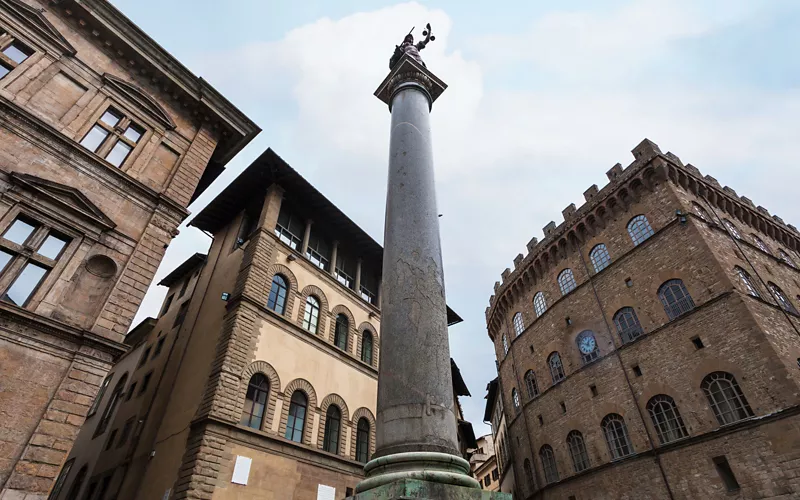
Don't forget that you are in Florence: between one purchase and another, find time to feast your eyes on the works housed in the museums and exhibition spaces of the street's palaces. As well as the Fondazione Palazzo Strozzi's collections, we would like to point out a real gem: on the first floor of Palazzo Bartolini Salimbeni, in Piazza Santa Trinita, you can visit the Roberto Casamonti modern and contemporary art collection, with its extraordinary selection of works by artists who have spanned the 20th century: from De Pisis to Morandi, from Fontana to Burri and even Klee, Warhol and much more.
An obligatory stop between art and fashion, the Ferragamo Museum, in Palazzo Spini Feroni, the company's headquarters since 1938, is the realm of the "shoemaker of dreams", the craftsman who revolutionised the world of footwear and fashion, making his shoes authentic works of art: here you will find exhibits of creations from different phases of Ferragamo's life, discoveries, unusual materials and models made for Hollywood stars: Marilyn Monroe, Greta Garbo, Audrey Hepburn.
A toast to the invention of the Negroni
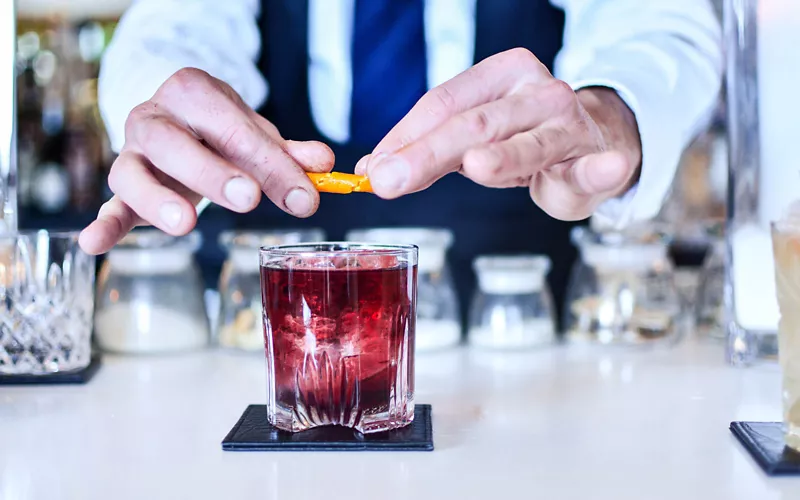
A curious plaque on the corner of Via della Spada celebrates the invention, in these surroundings, of one of the world's most popular cocktails: the Negroni. In fact, more than a century has passed since, in 1919, in the historic Caffè Casoni, which has now closed its doors, Count Negroni begged bartender Fosco Scarselli to add a note of energy to his favourite cocktail, the Americano, by substituting seltzer with a touch of gin, in homage to his recent trips to London. Instead of the usual slice of lemon, Scarselli added one of orange, and from that day on, all the patrons of the Casoni began to order a "Negroni". While you're at it, step into one of the fine establishments on Via Tornabuoni and make a toast!

